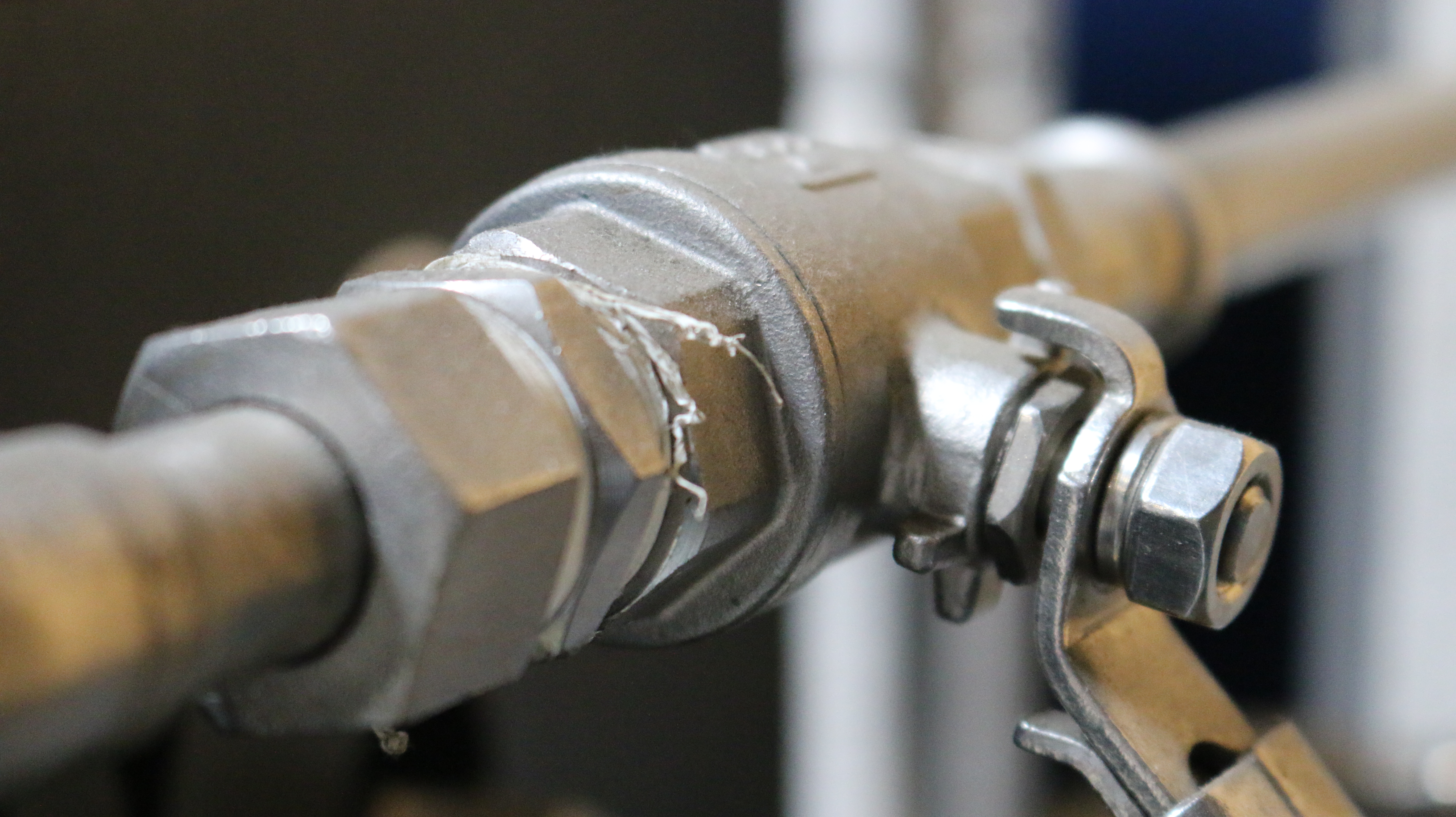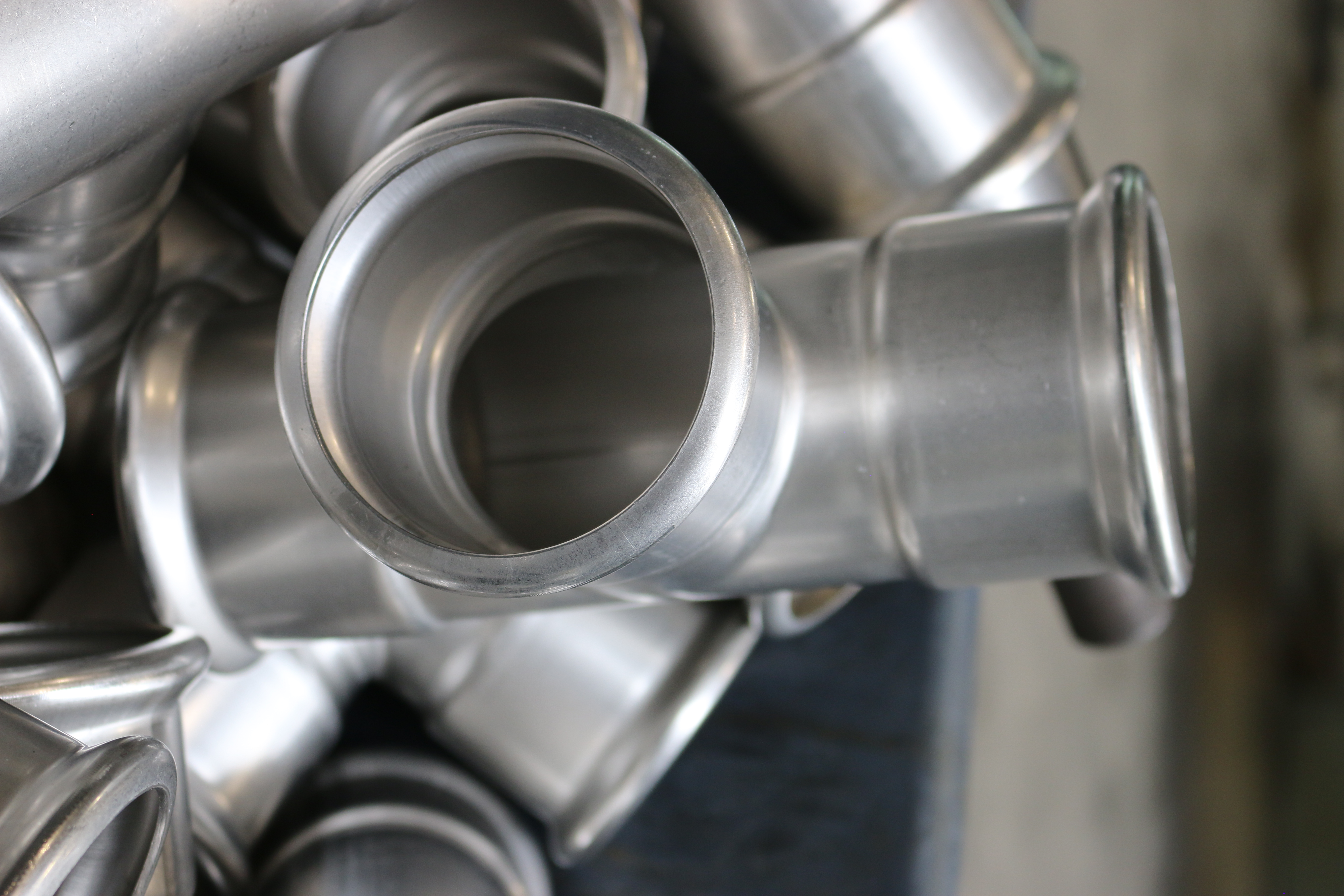Union systems
Pdf download
Pressfitting is a mechanical joining system for pipes that has become very popular in recent years due to its reliability and speed of installation. Unlike traditional methods such as welding or threading, this system allows pipes to be joined by means of pressure, without the need for heat or additional materials. The result is a safe, durable and low-maintenance connection.
The technique consists of inserting the end of the pipe into a fitting designed with an O-ring inside. Using an electric or hydraulic tool, pressure is applied to the fitting, deforming it and fixing it to the pipe. This deformation guarantees the tightness of the joint, thanks to the seal provided by the gasket, and the mechanical stability necessary for its operation in different conditions of use.

What is an O-ring? It is a rubber or elastomer ring with a circular shape, placed inside the fitting. Its function is to seal the joint preventing liquid or gas leaks. There are different types depending on the material they are made of and their choice depends on the kind of fluid that will circulate through the installation, as well as the temperature and other environmental conditions.
One of the main advantages of pressfitting is that it reduces assembly times, minimises errors during installation and eliminates risks related to hot work. These make it a particularly suitable option for construction sites in sensitive environments or with specific safety and cleanliness requirements. In addition, the system is versatile and compatible with a variety of pipe materials, such as copper, carbon steel and stainless steel.

In the case of stainless steel, pressfitting finds frequent applications in sectors where high corrosion resistance and long service life are required. It is common in drinking water networks, air conditioning systems, industrial installations and fluid pipelines that require strict hygiene, such as in the food or pharmaceutical industry.
The most common grade for this application is AISI 316L. Although the letter ‘L’ indicates Low Carbon content, which is originally intended to facilitate welding and prevent intergranular corrosion, this grade is also commonly used in pressfitting systems, when no welding is performed. This is because it offers good commercial availability, compatibility with other systems and adequate overall resistance to demanding conditions.
We share with you an article from our magazine detailing more information about the pressfitting technique.